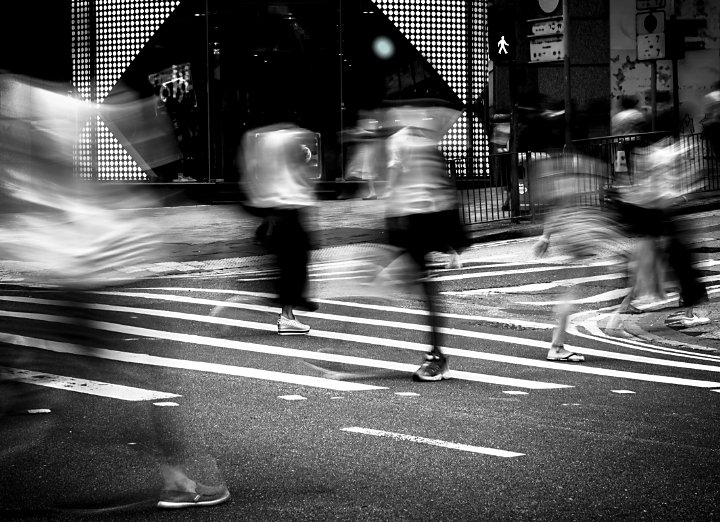Framing Streets Can Be Fun For Everyone
Framing Streets Can Be Fun For Everyone
Blog Article
Framing Streets Fundamentals Explained
Table of ContentsThe Greatest Guide To Framing StreetsA Biased View of Framing StreetsThe 20-Second Trick For Framing StreetsThings about Framing Streets3 Easy Facts About Framing Streets ShownFascination About Framing Streets
Photography style "Crufts Pet dog Show 1968" by Tony Ray-Jones Road digital photography (additionally in some cases called honest photography) is photography carried out for art or query that features unmediated chance encounters and random events within public areas, typically with the objective of recording pictures at a crucial or touching minute by cautious framework and timing. 
His boots and legs were well specified, however he is without body or head, due to the fact that these were in movement." Charles Ngre, waterseller Charles Ngre. https://framingstreets1.wordpress.com/2024/01/10/framing-streets-exploring-life-through-street-photography/ was the initial professional photographer to attain the technological elegance called for to register individuals in activity on the street in Paris in 1851. Professional Photographer John Thomson, a Scotsman dealing with journalist and social protestor Adolphe Smith, published Street Life in London in twelve monthly installations beginning in February 1877
How Framing Streets can Save You Time, Stress, and Money.
Eugene Atget is considered a progenitor, not due to the fact that he was the very first of his kind, yet as a result of the popularisation in the late 1920s of his document of Parisian roads by Berenice Abbott, that was motivated to embark on a similar paperwork of New york city City. [] As the city established, Atget aided to advertise Parisian roads as a worthwhile topic for photography.

All About Framing Streets
The chief Mass-Observationists were anthropologist Tom Harrisson in Bolton and poet Charles Madge in London, and their initial report was created as the publication "May the Twelfth: Mass-Observation Day-Surveys 1937 by over two hundred observers" [] Window cleaner at Kottbusser Tor, Berlin, by Elsa Thiemann c. 1946 The post-war French Humanist College professional photographers located their subjects on the street or in the restaurant. In between 1946 and 1957 Le Groupe des XV annually exhibited work of this kind. Andre Kertesz. Circus, Budapest, 19 May 1920 Road digital photography created the major content of two events at the Gallery of Modern Art (Mo, MA) in New york city curated by Edward Steichen, 5 French Photographers: Brassai; Cartier-Bresson, Doisneau, Ronis, Izis in 1951 to 1952, and Post-war European Photography in 1953, which exported the idea of street photography globally.

9 Simple Techniques For Framing Streets
, after that a teacher of young kids, linked with Evans in 193839.'s 1958 publication,, was significant; raw and commonly out of emphasis, Frank's pictures questioned traditional digital photography of the time, "tested all the official rules laid down by Henri Cartier-Bresson and Walker Evans" and "flew in the face of the wholesome pictorialism and genuine photojournalism of American publications like LIFE and Time".
Report this page